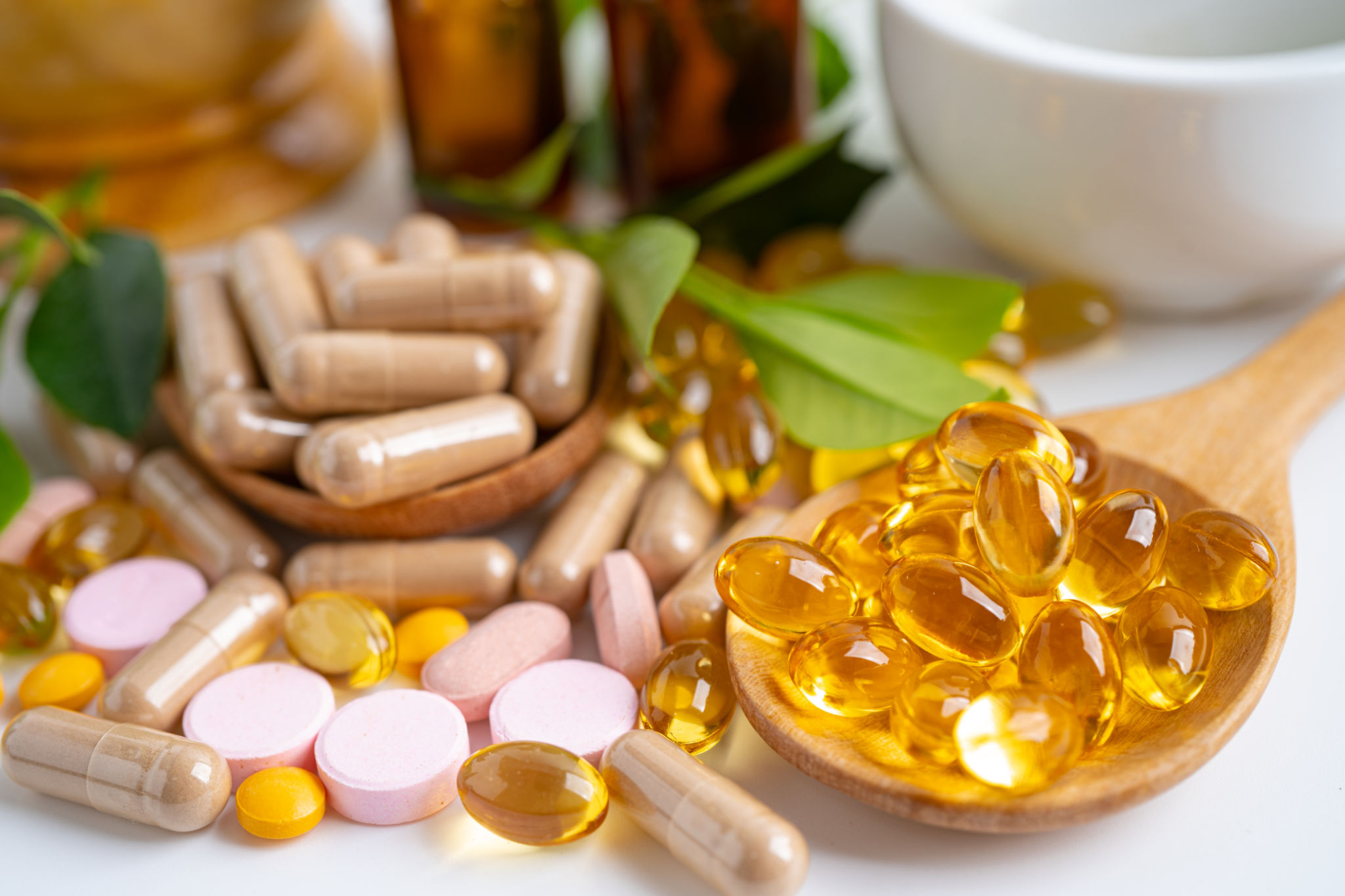Top Natural Migraine Relief Alternatives Compared
Understanding Migraines and Their Impact
Migraines are more than just severe headaches; they can be debilitating episodes that affect daily life. Characterized by intense throbbing pain, often on one side of the head, migraines can be accompanied by nausea, vomiting, and sensitivity to light and sound. For many sufferers, finding relief is a top priority.
While prescription medications are available, they may not be suitable for everyone due to potential side effects. Consequently, many individuals seek natural alternatives to alleviate their symptoms. Here, we explore some of the most popular natural migraine relief options and compare their effectiveness.

Herbal Remedies
Feverfew
Feverfew is a traditional herbal remedy that has been used for centuries to treat headaches and migraines. Research suggests that feverfew may reduce the frequency of migraines and diminish their severity by inhibiting the release of serotonin and other inflammatory substances in the brain.
Butterbur
Butterbur, another herbal remedy, has gained popularity for its potential migraine-relieving properties. Studies indicate that butterbur root extract may help prevent migraines when taken regularly. However, it is essential to choose a product free from pyrrolizidine alkaloids, which can be harmful.

Nutritional Supplements
Magnesium
Magnesium is a vital mineral that plays a crucial role in numerous bodily functions, including nerve transmission and muscle contraction. Some studies have found that magnesium deficiency is common in migraine sufferers. Supplementing with magnesium may help reduce the frequency and severity of migraines.
Riboflavin (Vitamin B2)
Riboflavin, or vitamin B2, is another supplement that has shown promise in reducing migraine frequency. It is believed to work by improving mitochondrial function and energy production within brain cells. Taking riboflavin supplements daily may lead to fewer migraines over time.

Lifestyle Modifications
Stress Management
Stress is a well-known trigger for migraines. Implementing stress management techniques such as yoga, meditation, or deep-breathing exercises can be effective in reducing migraine frequency. Regular practice of these techniques can promote relaxation and improve overall well-being.
Dietary Changes
Identifying and avoiding food triggers is another crucial aspect of natural migraine relief. Common triggers include caffeine, alcohol, aged cheeses, and processed foods. Maintaining a food diary can help pinpoint specific triggers and guide dietary adjustments.

Essential Oils
Essential oils are gaining traction as a natural remedy for various ailments, including migraines. Lavender oil and peppermint oil are among the most popular choices. Lavender oil is known for its calming properties, while peppermint oil's menthol content provides a cooling sensation that may relieve headache pain.
Inhaling these oils or applying them topically (diluted with a carrier oil) to the temples can provide quick relief for some individuals. However, it's important to perform a patch test before applying any essential oil to the skin.
Acupuncture
Acupuncture is an ancient Chinese medicine practice that involves inserting thin needles into specific points on the body. It is believed to balance the body's energy flow and alleviate pain. Some studies have shown that acupuncture can reduce the frequency and intensity of migraines, making it a viable alternative for those seeking non-pharmaceutical options.
While results can vary, many patients report significant improvement after several sessions of acupuncture therapy.

